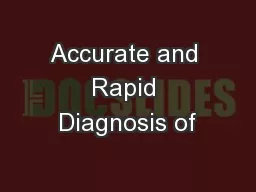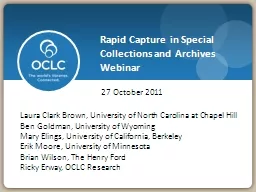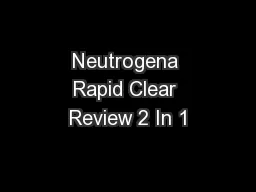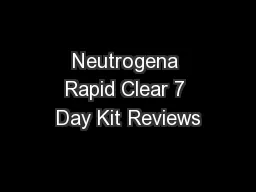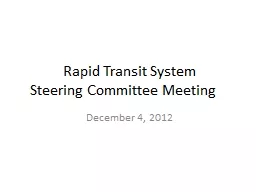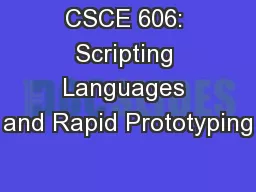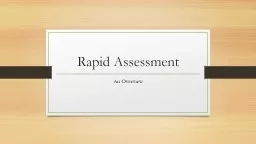PPT-Accurate and Rapid Diagnosis of
Author : briana-ranney | Published Date : 2015-12-01
Myocardial Infarction Using a HighSensitivity Troponin I 1Hour Algorithm Johannes Tobias Neumann 1 Nils Arne Sörensen 1 Tjark Schwemer 1 Francisco Ojeda
Presentation Embed Code
Download Presentation
Download Presentation The PPT/PDF document "Accurate and Rapid Diagnosis of" is the property of its rightful owner. Permission is granted to download and print the materials on this website for personal, non-commercial use only, and to display it on your personal computer provided you do not modify the materials and that you retain all copyright notices contained in the materials. By downloading content from our website, you accept the terms of this agreement.
Accurate and Rapid Diagnosis of: Transcript
Download Rules Of Document
"Accurate and Rapid Diagnosis of"The content belongs to its owner. You may download and print it for personal use, without modification, and keep all copyright notices. By downloading, you agree to these terms.
Related Documents

